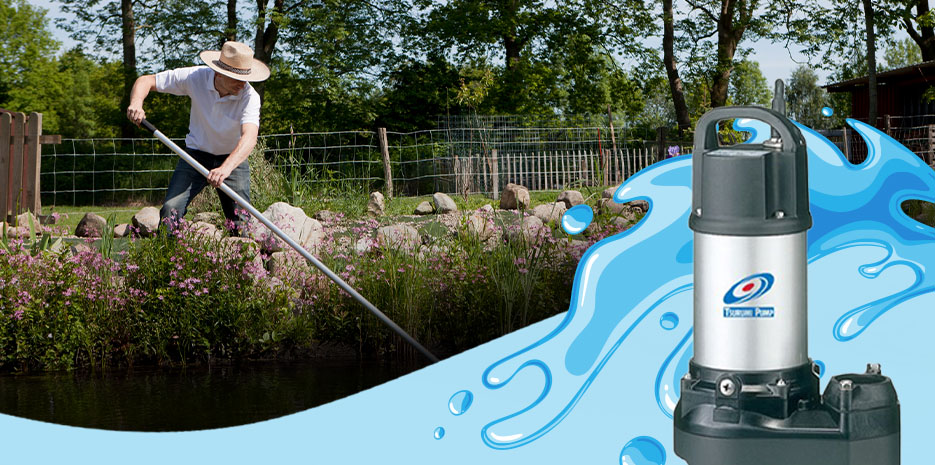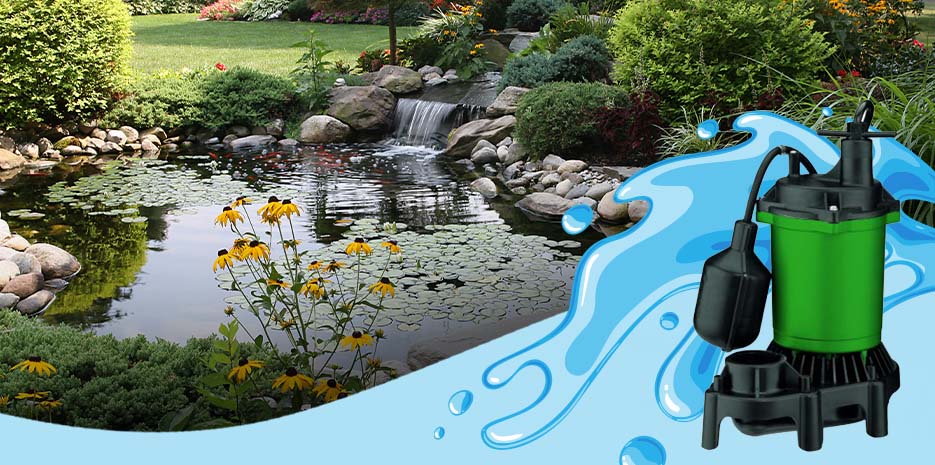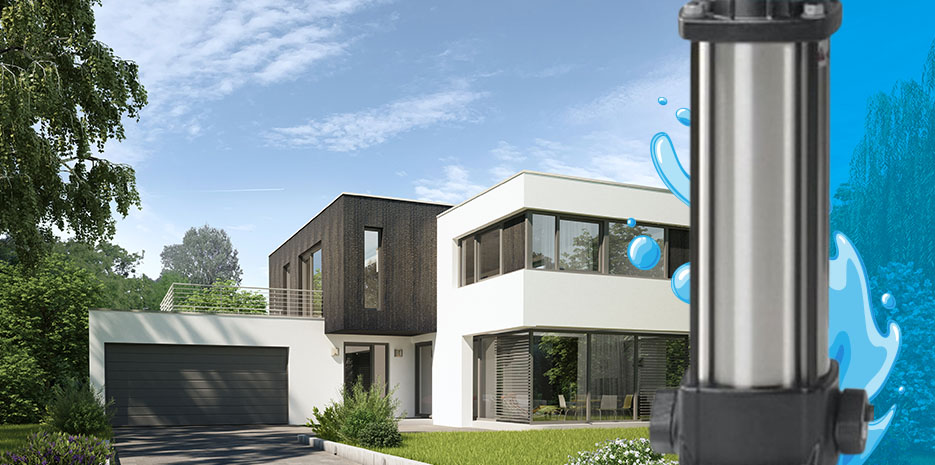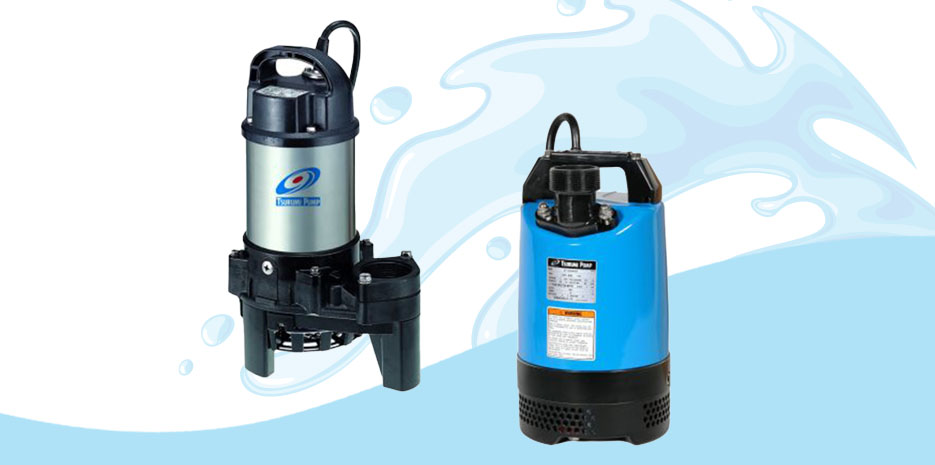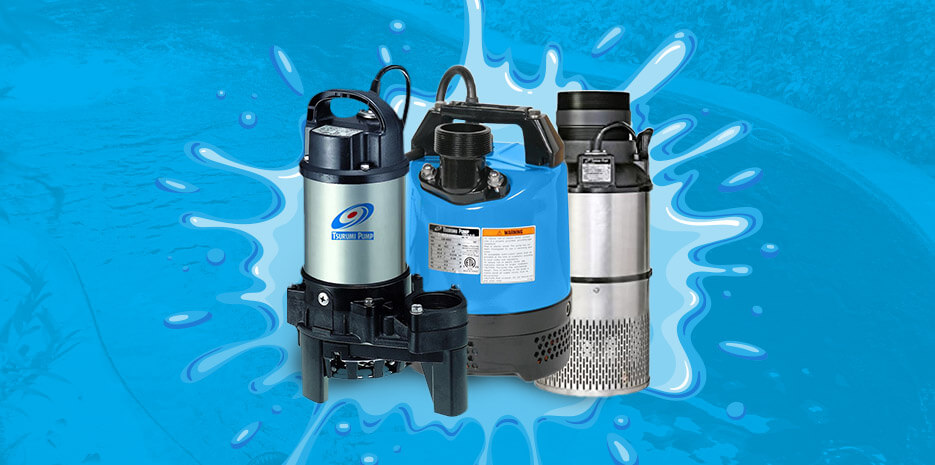Winter Pond Maintenance Guide
- By Eli Weinstock
- Aug 20, 2019
If there is an ornamental pond in your yard, you already know that it requires a lot of upkeep. From the Tsurumi pond pump that you purchased this year to the filter cleaning and plant care, maintaining a pond is a lot of work. It's all worth it, of course, because in the end, you have a beautiful oasis in your backyard to enjoy during the warmer months. But what happens to it when the weather cools off? Well, you can't just leave it alone and clean it out in spring. Not only would this mean a lot of extra work for you later, but it would make the environment in the pond unhealthy – especially if you have fish down there. With all of this in mind, here is our basic guide to getting your pond ready for winter:
The first big question we have to ask: Do you have fish in the pond, and can you leave them there for the winter?
If there are no fish, your job is a lot simpler
1. You'll need to trim plants so that none of the leaves are decaying in the pond, and then move the root systems into deeper water where they won't freeze over. This means that you won't have to buy all new pond plants come spring – unless you want to, of course!
2. You should already be using a leaf net to cover the pond, and it's highly recommended if you aren't. These are simply large nets that should be secured over your whole pond to catch leaves; if you don't use these nets, cleaning out the leaves will be a daily chore. Those that you miss will begin to decompose in the water, creating an unhealthy environment and messing with the pH balance of the pond. Empty the net regularly and get any remaining leaves out of the water and the filters.
 3. Many people take their pumps out (if you choose to, you should do so before the water freezes), as it's often unnecessary to keep the water circulating – especially when there are no fish to keep oxygenated. However, if you are living in a place in which the water temperature never gets that cold, keeping the pump running through the winter is a must.
If you are taking out the pump, you should be sure to clean all filters, get rid of excess water, and properly store the equipment so that it is in good shape for the coming season. Submersible pumps usually need to be stored in water (indoors or out) to prevent drying and cracking, and any devices that are left in the water outside should be situated and prepped so that they don't freeze over.
If there are fish, you'll have some extra considerations
Many fish can remain in the pond over winter. However, there are certain guidelines you need to follow in order to ensure that they have an optimal environment for safe hibernation.
3. Many people take their pumps out (if you choose to, you should do so before the water freezes), as it's often unnecessary to keep the water circulating – especially when there are no fish to keep oxygenated. However, if you are living in a place in which the water temperature never gets that cold, keeping the pump running through the winter is a must.
If you are taking out the pump, you should be sure to clean all filters, get rid of excess water, and properly store the equipment so that it is in good shape for the coming season. Submersible pumps usually need to be stored in water (indoors or out) to prevent drying and cracking, and any devices that are left in the water outside should be situated and prepped so that they don't freeze over.
If there are fish, you'll have some extra considerations
Many fish can remain in the pond over winter. However, there are certain guidelines you need to follow in order to ensure that they have an optimal environment for safe hibernation.
 3. Many people take their pumps out (if you choose to, you should do so before the water freezes), as it's often unnecessary to keep the water circulating – especially when there are no fish to keep oxygenated. However, if you are living in a place in which the water temperature never gets that cold, keeping the pump running through the winter is a must.
If you are taking out the pump, you should be sure to clean all filters, get rid of excess water, and properly store the equipment so that it is in good shape for the coming season. Submersible pumps usually need to be stored in water (indoors or out) to prevent drying and cracking, and any devices that are left in the water outside should be situated and prepped so that they don't freeze over.
If there are fish, you'll have some extra considerations
Many fish can remain in the pond over winter. However, there are certain guidelines you need to follow in order to ensure that they have an optimal environment for safe hibernation.
3. Many people take their pumps out (if you choose to, you should do so before the water freezes), as it's often unnecessary to keep the water circulating – especially when there are no fish to keep oxygenated. However, if you are living in a place in which the water temperature never gets that cold, keeping the pump running through the winter is a must.
If you are taking out the pump, you should be sure to clean all filters, get rid of excess water, and properly store the equipment so that it is in good shape for the coming season. Submersible pumps usually need to be stored in water (indoors or out) to prevent drying and cracking, and any devices that are left in the water outside should be situated and prepped so that they don't freeze over.
If there are fish, you'll have some extra considerations
Many fish can remain in the pond over winter. However, there are certain guidelines you need to follow in order to ensure that they have an optimal environment for safe hibernation.
- Breed of fish – You'll need to do some research or talk to a fish expert in your area to ensure that your specific breed of fish can withstand the winter in your pond. Many can, but some varieties of warmer water fish are more sensitive to drastic temperature changes. This can be a particular problem in extremely cold regions. Fish that cannot weather the cold can be brought inside during the winter.
- Pond depth – Even for those fish that can hibernate, the conditions have to be conducive to their survival. For instance, fish will retreat to the bottom of the pond where the water temperature does not dip below freezing even while the top layer of water is solid. If the pond is too shallow, they will freeze. The general recommended depth for hardy fish in winter is 18 inches, but they can require as much as 30 inches in colder climes.

- Toxic gas release – One of the problems with a frozen pond surface is that it will trap toxic gases beneath it during the winter, potentially killing your fish. The most common methods for handling this problem are to keep your pond pump running or to use a de-icer. A de-icer heats the immediate area around itself in order to keep a small part of the pond unfrozen consistently and, thus, allow oxygen in and gases out. Both are decent methods, but the main difference is that a de-icer actually emits heat, while the pump merely keeps the water moving quickly enough that it is unlikely to freeze. The two approaches can even be used in tangent to ensure that the pump apparatus itself does not freeze and that the water circulates effectively. Regardless, do NOT try to break up the ice yourself! This can cause shock waves that will injure or kill your fish just as easily as the toxic gases that you are trying to let out. If your pump or de-icer stops working for some reason and you need to get through the ice manually, pour hot water over a portion of the pond to melt it. Do this every day or two until you can get a new device.
- Pond pump usage – If you have fish in your pond and are wondering whether or not they need a pond pump running during winter, the answer depends. When they go into hibernation, fish stop moving and retreat to the bottom of the pond. Their bodies almost stop functioning and they breathe slowly, which makes it easy for them to get enough oxygen from the laden cool water with the use of either a de-icer or a pump to keep the water unfrozen. On the other hand, the wrong pump could disrupt the layers of warmer water beneath the surface by funneling the colder water from the top downwards, and lead to the death of your fish. So, turning off your pump and any drains and using a de-icer can avoid this. However, if you would like to keep the water circulating, ensure that your pump is set high in the pond so as not to affect the fish. Also, make sure that the model you get pulls water from the bottom of the pond to the surface and not the other way around.
- Feeding Guidelines – In addition to all of the temperature control requirements, you'll need to remember that fish with slower metabolisms don't need to eat as much. When the water temperatures dip below 50°, you can start fish on a wheat germ-based food that is easier to digest and feed them less often, as needed. Once the water temperatures go below 39°, stop feeding the fish completely.

